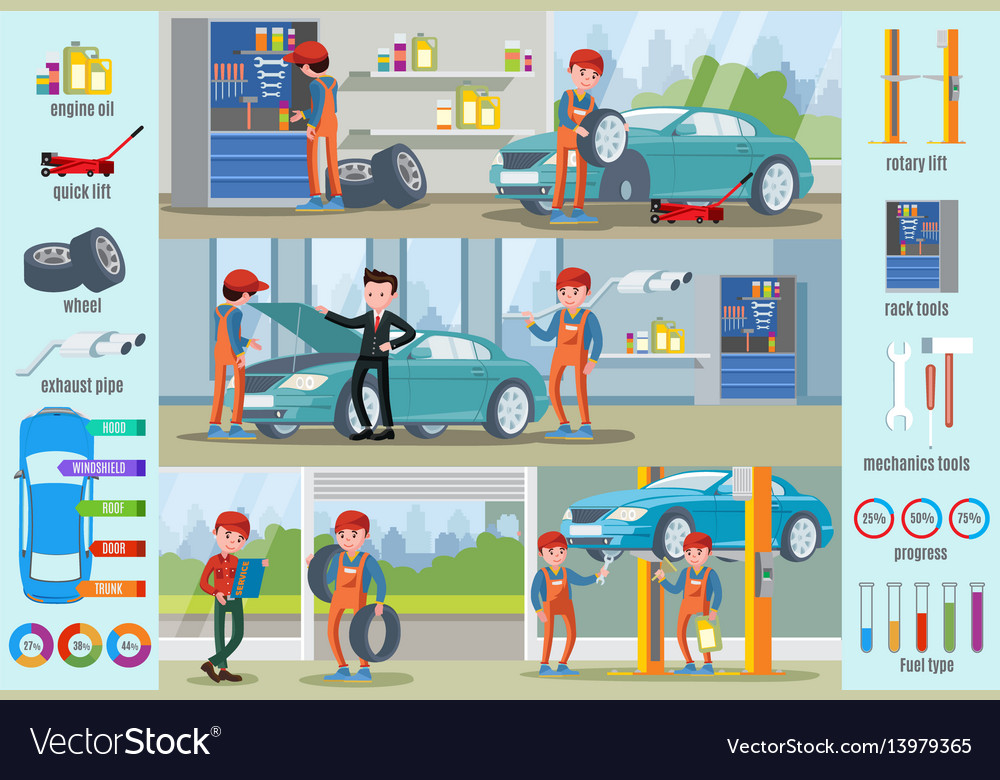Interested In Understanding The Caution Lights On Your Vehicle'S Control Panel? Discover Their Relevance For Your Car'S Safety And Overall Condition
Interested In Understanding The Caution Lights On Your Vehicle'S Control Panel? Discover Their Relevance For Your Car'S Safety And Overall Condition
Blog Article
Web Content By-Higgins Kejser
When you're behind the wheel, those radiant warning lights on your dashboard can be a bit difficult. Do car wash howick know what they're trying to tell you concerning your automobile's health and wellness? Recognizing the significance of these lights is essential for your safety and security and the longevity of your lorry. So, the following time among those lights turns up, wouldn't you wish to decode its message properly and take the required actions to resolve it?
Common Caution Lighting and Interpretations
Recognize common warning lights in your automobile and comprehend their definitions to ensure safe driving.
One of the most normal warning lights include the check engine light, which signals problems with the engine or exhausts system. If this light comes on, it's vital to have your automobile checked promptly.
The oil stress advising light shows low oil pressure, requiring instant interest to prevent engine damages.
A blinking battery light could recommend a defective charging system, possibly leaving you stranded if not attended to.
The tire pressure monitoring system (TPMS) light informs you to low tire stress, affecting lorry security and fuel effectiveness. Disregarding this could bring about dangerous driving problems.
The ABS light indicates a trouble with the anti-lock stopping system, endangering your capacity to quit swiftly in emergency situations.
https://www.businesswire.com/news/home/20220224005647/en/Global-Automotive-Repair-and-Maintenance-Services-Market-to-2026---Featuring-Ashland-Automotive-copyright-International-and-Bridgestone-Among-Others---ResearchAndMarkets.com but not least, the coolant temperature cautioning light warns of engine overheating, which can result in severe damage otherwise settled quickly.
Comprehending these typical caution lights will certainly aid you address issues promptly and maintain secure driving problems.
Relevance of Prompt Interest
Comprehending the typical warning lights in your vehicle is just the initial step; the importance of without delay attending to these cautions can't be highlighted sufficient to ensure your safety when driving.
When a caution light brightens on your dashboard, it's your automobile's means of interacting a potential concern that requires interest. Overlooking these cautions can result in more extreme problems in the future, jeopardizing your security and potentially costing you more out of commission.
Trigger attention to cautioning lights can avoid break downs and accidents. As an example, a blinking check engine light can indicate a misfire that, if left neglected, can create damage to the catalytic converter. Addressing this promptly can save you from a costly repair work.
Likewise, a brake system cautioning light might signify reduced brake fluid or used brake pads, critical elements for your security when driving.
Do It Yourself Troubleshooting Tips
If you discover a warning light on your dashboard, there are a couple of do it yourself fixing ideas you can try before looking for expert assistance.
The initial step is to consult your automobile's guidebook to understand what the certain warning light suggests. Sometimes the concern can be as simple as a loose gas cap setting off the check engine light. Tightening the gas cap may resolve the issue.
An additional common problem is a reduced battery, which can activate numerous advising lights. Inspecting the battery connections for deterioration and ensuring they're safe might deal with the trouble.
If a caution light persists, you can attempt resetting it by detaching the automobile's battery for a few mins and then reconnecting it. Furthermore, checking your vehicle's liquid levels, such as oil, coolant, and brake fluid, can aid repair cautioning lights connected to these systems.
Conclusion
Finally, understanding your cars and truck's warning lights is essential for maintaining your automobile running smoothly and safely. By promptly resolving these signals and recognizing what they imply, you can stay clear of costly fixings and prospective failures.
Remember to consult your auto's handbook for certain information on each alerting light and take action accordingly to guarantee a hassle-free driving experience.
Remain informed, remain risk-free when traveling!
